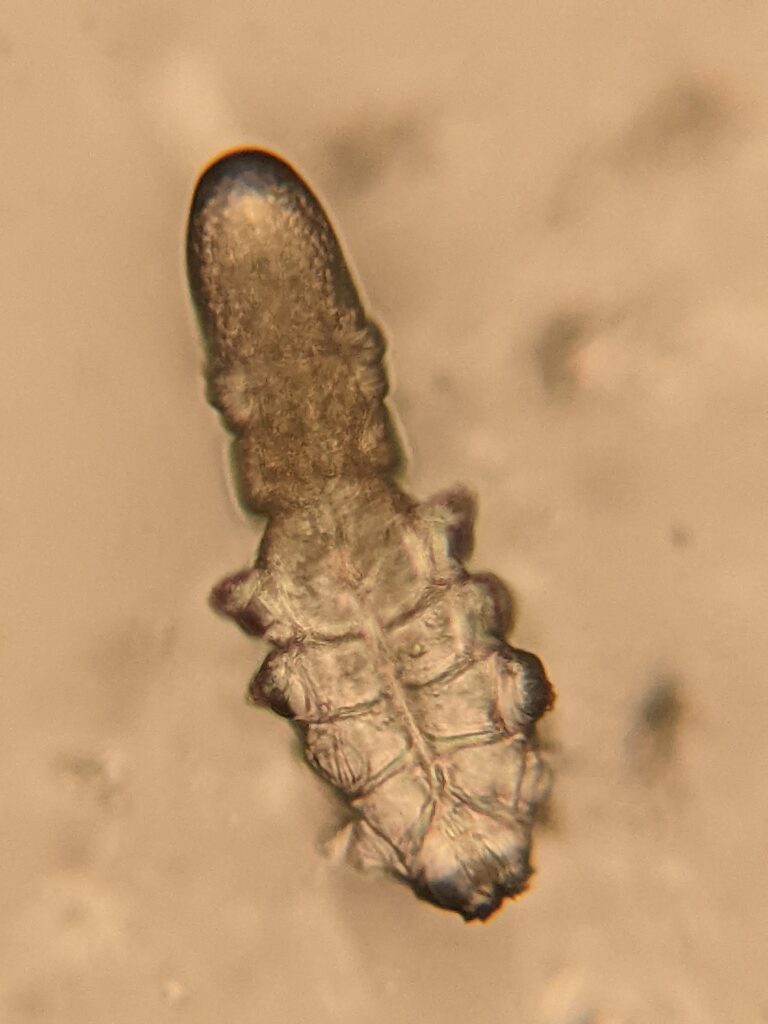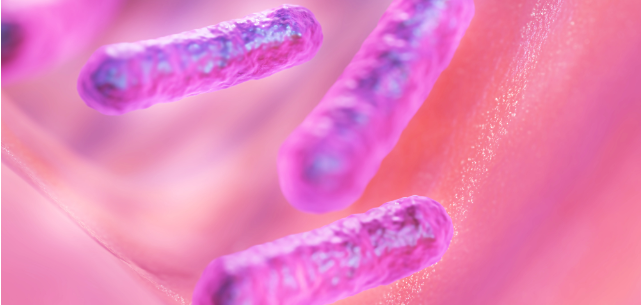

Rosacea: An Inflammatory Continuum
Most recent scholarly writings describe rosacea as a disease of the immune system. It is increasingly accepted that the symptoms of rosacea arise from inflammation that gets out of control, triggered by environmental factors such as shifts in the microbiome. While investigation and debate continue about some particulars, there is general agreement that: (1) a number of things can trigger the inflammatory process, and (2) rosacea symptoms exist on a continuum, with some affected persons having only one or two relatively mild symptoms, and others having numerous severe symptoms. There is some thought that erythema (redness), flushing, and telangiectasias (visible blood vessels) represent the milder or earlier manifestations of rosacea, and that papules (red bumps), pustules (whiteheads) and hypertrophic (thickened skin) changes can appear if the inflammation progresses or remains high over a long period of time. 2
Rosacea Triggers
Numerous environmental factors are thought to trigger the inflammatory process in rosacea. These include ultraviolet light, heat, spicy foods, alcohol, stress and microbes.2 Regarding microbes, studies have shown shifts in the microbiome of the skin and gut in rosacea. One study showed that Staphylococcus epidermidis bacteria were statistically more prevalent in skin affected by rosacea.7 Demodex skin mites have gained relatively more attention than the aforementioned bacteria, and they are linked to a different bacteria, called Bacillus oleronius, which may trigger an inflammatory reaction.
Skin Mites and Their Associated Bacteria in Rosacea
Evidence has accumulated that Demodex mites (especially Demodex folliculorum) contribute to a cycle of inflammation in some rosacea cases. They are a normal part of healthy human microbiota, but are found more commonly, and in higher density, in individuals with rosacea. Demodex mites normally control the immune system of their human host to make it tolerant of their presence.2 It seems, however, that these mites can proliferate and become densely populated at some point in rosacea, triggering the immune system to respond with inflammation. It is not yet settled whether mite proliferation triggers rosacea, or whether the conditions of early rosacea favor mite proliferation, which then leads to a cycle of increased rosacea symptoms.
In microscope examination of skin tissue, Demodex mites have been found in 63% of people with erythema and telangiectasia of rosacea, 85% to nearly 100% of those with papules and pustules of rosacea, and 100% of those with hypertrophic rosacea characterized by thickened overgrown skin (typically seen as a bulbous nose).1,5 For context, the global pooled prevalence of human Demodex mites is estimated at 35%, with the highest prevalence observed in the South-East Asia Region at 44%.4 Demodex mites carry Bacillus oleronius bacteria, and some have theorized that it is the bacteria, rather than the mites, that are most responsible for stimulating an inflammatory reaction in rosacea.3
Shifted Gut Microbiome in Rosacea?
A small study of 63 rosacea patients showed that about half of them also had small intestinal bacteria overgrowth, or SIBO.6 It was published as a letter in the Journal of the American Academy of Dermatology, and asserted that 46 percent of these patients reported marked improvement of their rosacea symptoms after localized treatment for SIBO.6 This merits further study, particularly because we now know that the gut plays a starring role in immune function.
There is certainly more progress to be made in our understanding of rosacea. What we know for now fits the mold of many other diseases: It looks be a case of genetic predisposition, with disease expression (symptoms and the severity of them) shaped by multiple environmental influences.
Next Up? How to Tackle Shifts in the Skin Microbiome. Hint: Start with things you apply to the skin rather than things you swallow and ingest. Ivermectin cream, permethrin, and skincare with high-quality tea tree oil all have at least some evidence of effectiveness against Demodex mites and Bacillus oleronius.
Citations
- Cribier, B. (2013). Rosacea under the microscope: Characteristic histological findings. Journal of the European Academy of Dermatology and Venereology, 27(11), 1336–1343.
- Forton, F. M. N. (2020). The pathogenic role of Demodex mites in rosacea: A potential therapeutic target already in erythematotelangiectatic rosacea? Adis Journals. https://doi.org/10.6084/m9.figshare.13042940.v1
- Lacey, N., Delaney, S., Kavanagh, K., & Powell, F. C. (2007). Mite-related bacterial antigens stimulate inflammatory cells in rosacea. British Journal of Dermatology, 157(3), 474–481.
- Maleki, B., Haghshenas, N., Rezaei-Tavirani, M., Ahmadzadeh, A., Abolghazi, A., & Robati, R. M. (2025). Global prevalence of human Demodex mite: A systematic review and meta-analysis. Acta Tropica, 268, 107693. https://doi.org/10.1016/j.actatropica.2025.107693
- Perrigouard, C., Peltre, B., & Cribier, B. (2013). A histological and immunohistological study of vascular and inflammatory changes in rosacea. Annales de Dermatologie et de Vénérologie, 140(1), 21–29.
- Weinstock LB, Steinhoff M. Rosacea and small intestinal bacterial overgrowth: prevalence and response to rifaximin. Journal of the American Academy of Dermatology 2013;68:875-876.
- Whitfeld, M., Gunasingam, N., Leow, L. J., Shirato, K., & Preda, V. (2011). Staphylococcus epidermidis: A possible role in the pustules of rosacea. Journal of the American Academy of Dermatology, 64(1), 49–52.

Shannon L. Johnson NP-C
Founder & Formulator, MeridaSKIN
Shannon is a nurse practitioner, and much of her career has served vulnerable populations at a community health center. She holds degrees from the University of Pennsylvania and Simmons University, and completed post-graduate training at the University of Massachusetts Boston. She tackled the science of cosmetic formulating to solve her own skin struggle with rosacea. Shannon was born in Oregon, raised in Eastern Massachusetts and has passionate ties to the Pacific Northwest, New England, and the mid-Atlantic. She lives on Boston's North Shore with her husband, two kids and mischievous Wheaten Terrier. She and her family pass the seasons by playing in water (liquid and solid).


Recent Comments